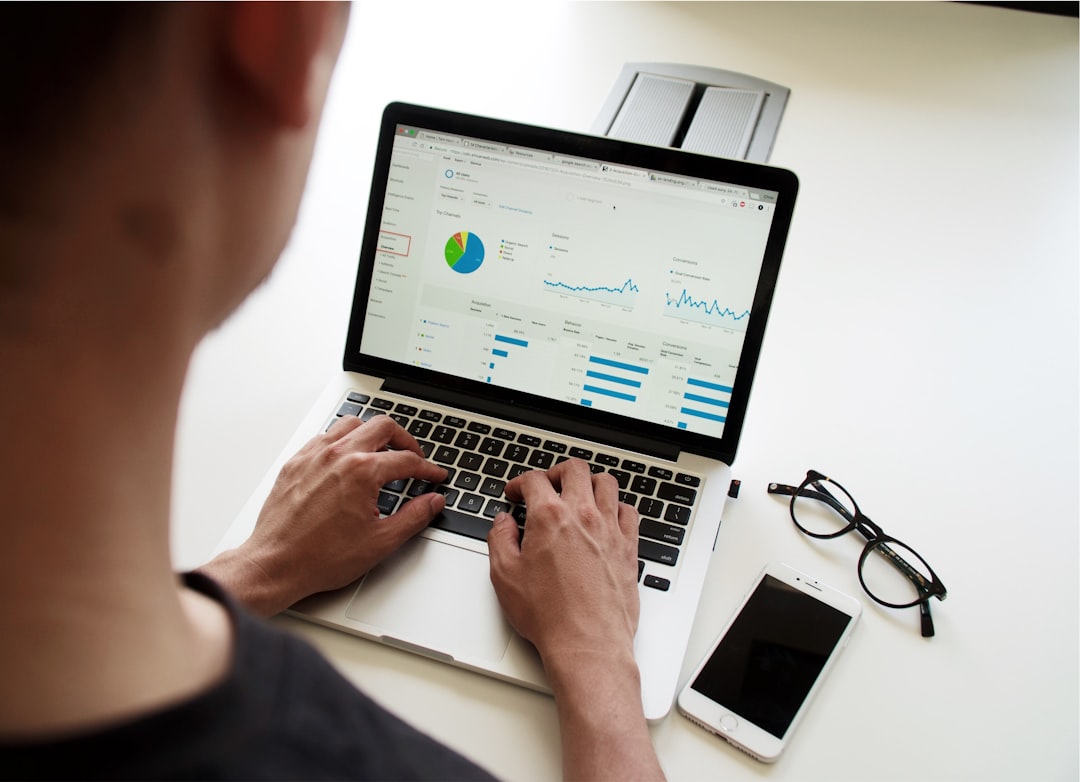
Object Anonymization Boosting Data Security with Basic Measures
In today’s digital landscape, maintaining data security is paramount. As organizations increasingly rely on data-driven insights, they must ensure that sensitive information is protected against unauthorized access and breaches. One effective strategy for enhancing data security is object anonymization. This article will delve into the concept of object anonymization, its significance in boosting data security, and some basic measures to implement it effectively.
Understanding Object Anonymization
Object anonymization refers to the process of removing or modifying identifiable information from datasets to protect the privacy of individuals. This technique is crucial in environments where data sharing is necessary, yet privacy must be maintained. By anonymizing data, organizations can comply with regulations like GDPR and HIPAA, which mandate strict control over personal information.
The Importance of Object Anonymization
With the rise of data breaches and privacy concerns, the importance of object anonymization cannot be overstated. Here are several reasons why it plays a critical role in data security:
-
Compliance with Regulations: Many industries are subject to regulations that require the protection of personal data. Anonymization helps organizations comply without sacrificing the utility of the data.
-
Risk Mitigation: Anonymized data minimizes the risk of exposure in the event of a data breach. Even if data is stolen, the lack of identifiable information can prevent misuse.
-
Promoting Data Sharing: Organizations can share data for analysis and research without compromising individual privacy. This can lead to new insights and innovations while maintaining ethical standards.
-
Building Trust: By prioritizing data security through anonymization, organizations can build trust with their customers and stakeholders, fostering stronger relationships.
Basic Measures for Effective Object Anonymization
To effectively implement object anonymization, consider the following basic measures:
1. Data Classification
Before anonymizing data, it is essential to classify it based on its sensitivity. Identify which data contains personally identifiable information (PII) and prioritize it for anonymization.
2. Choose the Right Anonymization Technique
There are various techniques for anonymizing data, including:
- Data Masking: Replacing sensitive information with fictitious but realistic data.
- Aggregation: Summarizing data to a level where individual identities cannot be discerned.
- Tokenization: Replacing sensitive data with unique identifiers, or tokens, which can be mapped back to the original values only by authorized personnel.
Selecting the appropriate technique depends on the nature of the data and its intended use.
3. Implement Access Controls
Limit access to the original dataset to authorized personnel only. Use role-based access control (RBAC) to ensure that only those who need access for legitimate purposes can view sensitive information.
4. Regular Audits and Monitoring
Conduct regular audits of data access and usage patterns to identify any potential vulnerabilities. Monitoring can help detect unauthorized access attempts and ensure compliance with anonymization policies.
5. Staff Training
Educate employees about the importance of data security and the methods of anonymization. Training can empower staff to handle data responsibly and recognize potential threats.
Current Developments and Trends
As technology evolves, so do the methods of object anonymization. Emerging trends include the use of artificial intelligence and machine learning to enhance anonymization processes. These technologies can automate the identification of PII and apply anonymization techniques more efficiently.
Case Study: Health Sector
In the healthcare industry, anonymization is critical for sharing patient data for research while maintaining confidentiality. Hospitals and research institutions that implement robust anonymization techniques can collaborate on studies without risking patient privacy. For instance, the use of data aggregation methods allows researchers to glean insights from large datasets while ensuring that individual patient data remains protected.
Tools and Resources for Object Anonymization
To further explore object anonymization, consider utilizing the following tools:
- ARX Data Anonymization Tool: An open-source software for anonymizing data while preserving its utility. ARX Tool
- sdcMicro: An R package for statistical disclosure control, focusing on data anonymization. sdcMicro
Conclusion
Object anonymization is a vital practice for enhancing data security in an increasingly data-driven world. By implementing basic measures and staying informed about current developments, organizations can protect sensitive information while still reaping the benefits of data analysis. As we move forward, embracing anonymization will not only safeguard data but also foster innovation and trust in digital interactions.
For further reading on data privacy and security measures, you might find the following resources valuable:
By taking proactive steps toward anonymization, organizations can ensure they are equipped to handle data responsibly and ethically.


